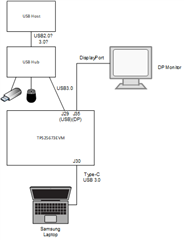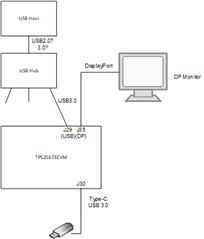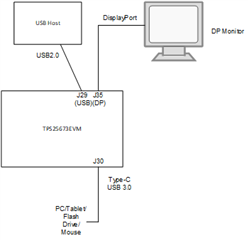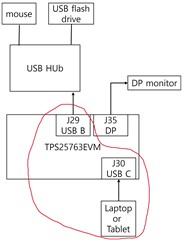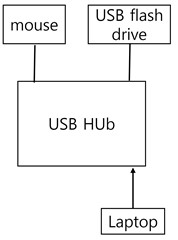Other Parts Discussed in Thread: TUSB1064, TPS25763-Q1
Tool/software:
I purchased the TPS25763Q1EVM for testing, but I encountered some issues.
I am conducting tests for USB data communication and DP Alt Mode.
After purchasing the development board, does USB data communication and DP Alt Mode not work without performing any software configuration?
Also, the development board states that a DC power input of 5.5V to 18V is required, but PD charging does not work properly at voltages below 12V.
Is this also something that needs to be addressed through software configuration?
If software configuration is necessary, could you provide a basic configuration file for fundamental operations?
I look forward to your response.
Thank you.


